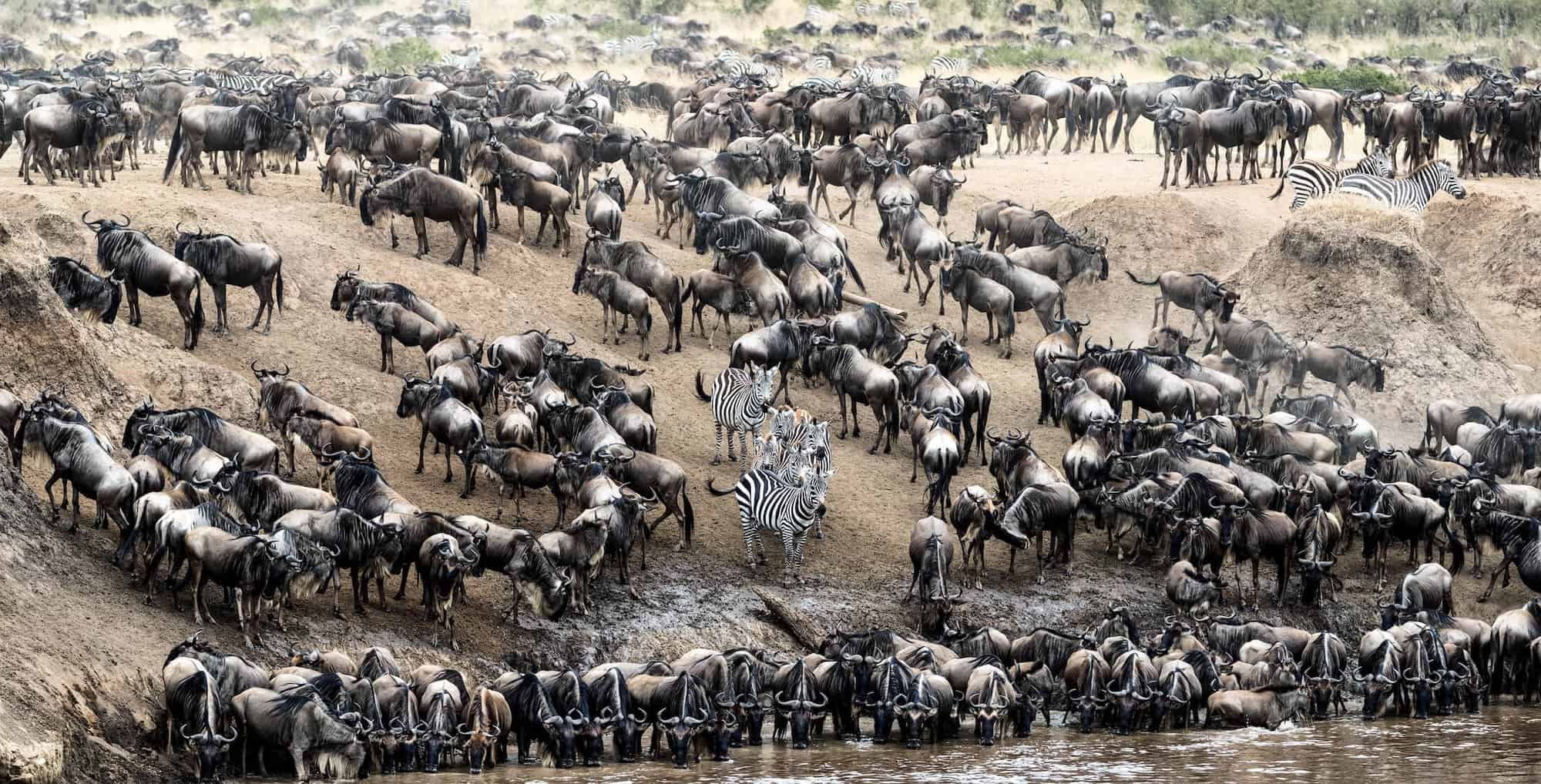While this might be a stretch, what if leaders, and their teams, had the depth of desire to thrive with the same kind of drive that sparked 6 million African Americans (1916-1970) from the rural South to the North and West – or the same desperate urge to seek a new life that sparked 55 million Europeans (1846-1940) to flee to the Americas?
Racially motivated violence, blocked economic opportunities, escaping religious and racial persecution and a desire for economic and political opportunities all played significant roles in these mass movements.
What if leaders, and their teams, had the strong and relentless instincts for survival that drives millions of herds, packs and flocks to methodically move back and forth between the Serengeti in Tanzania and the Masai Mara in Kenya? The risks of these famous, annual migrations are huge and driven by predictable environmental changes coupled with births and deaths that comprise the circle of life.
And, what if leaders and their teams were able to fully grasp the underlying meanings and messages behind The Great Resignation, where roughly 33 million Americans began a voluntary migration away from their employment, some into an even greater unknown?
All these migrations were strongly emotional or instinctive answers to ‘critically required calls’ to MASSIVE action – pulls that demanded or drove change. In short, the answer to each one of these ‘what if’ questions is the same – leaders and their teams will find themselves on an Odyssey, crossing great distances and overcoming many obstacles.
While I’m not suggesting it would be good for people to experience that fight-for-life, but each of the above migrations matter and provide clear examples of reasons for direction, and course-correction as needed. In each we see a core response to what was before the people, and the wildlife too.
Like the above examples, leaders and their teams have access to the history of their environment. The predictability and buildup of past events, when added to the landscape before them, can provide a forecast of what’s ahead. So, is it time to move?
To learn from and move away from the past, you must work within the present and be prepared for the future. Leaders and their teams can choose to delve deeply into their inner wisdom to ascertain what changes must be made; take daily steps toward the goals and intentions before them as they move into what tomorrow holds. Staying still is not an option.
Migration is the call to action!


